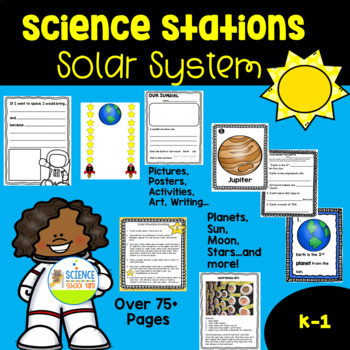This weekend, we took a little trip to the top of one of the highest spots here in Wisconsin. We trekked up flights and flights of stairs to finally reach the top. There I was overlooking miles and miles of forests, watching the sway of trees as they danced to the music of the wind. It game me a totally different perspective.
I guess it reminds it reminds me so much of the last few months of virtual learning. I have always seen the importance of adding subjects such as science into a schedule because science and STEM can reach students differently through creativity and problem solving...different that reading, math, and writing...we need to take a look at that perspective, too.
- I now have a whole new perspective of what I do for my students when I am in school.
- I have a new perspective of the impact we have as educators and the way we can help our students learn in new ways.
- I also have a totally different perspective of the tools that I can utilize to meet the needs of my students.
- I bet that you have a different perspective of teaching as well! There are aspects that work and also some that do not!
Let's find a new perspective on end of the year celebrations then...head on over to my blog for some great end of the year tips and tricks as well as a free resource! Home learning/distance learning/remote learning/virtual learning just to name a few...whatever you are calling it these days, it is all new territory to most of the classroom teachers out there. It is definitely new territory to me. Now, it is time to reflect and finish up the school year, from the confines of our own homes. Let's find some spectacular Science and STEM opportunities to connect with our kiddos!
Virtual End of The Year Ideas For the Science and STEM Classroom
Have A Virtual Field Day Event
We are hosting ours on flipgrid by making copilots so that more than one person can host on a grid where kids can add their field day event. Perfect for sharing and watching other friends in one spot!
We are housing our ideas and videos in flipgrid along with five challenges for our students and families. The five challenges we included are:
- Sock Toss
- 3 Legged Race
- Book Balance
- Spoon Walk
- Cup Toss and Catch
Have A Virtual Field Trip
What a great way to end the school year by taking a field trip. Virtual field trips are amazing! There are lots of different online field trips, which I am sharing my go to's down below:
STEM/Science Tic Tac Toe Board
This was a fun way to host a weekly event this last few months. Students were given a tic tac toe board that allowed for Science concept reinforcements. This share out can be digital as well!
Virtual Award Ceremony
Students can get an award from you through a a google slide celebration. You can utilize google slides in order for each student to get a special science award to showcase what they have shown this year in class or at home.
STEM Connection Celebration
I hosted several STEM events during virtual learning this last quarter. I asked students to bring certain supplies to the meet which can be on ZOOM or google meet.
The first week: make something to share
- paper, spoon, fork, cup and one item of your choice ...the goal was to make something to share out
The second week: the tallest tower
- we used two pieces of paper and tape...the goal was to create the tallest tower
The third week: Building Bridges
- Legos, building blocks, cardboard boxes saved ...the goal is to build a bridge for a small stuffed animal or figurine
Find a great STEM challenge that you can host on a virtual meeting. The kids can build right in the meet and share out individually within the meet. It is engaging and the supplies that you suggest can be easily accessible around the house. Want to find your set of Google Slide Packs for your students? Find them here!
Enjoy your end of the year. It wasn't easy, but when we can celebrate, show how to persevere and be resilient it will help model for our families that we can get through this together and we do have lots to celebrate!
Let's Make Science Child's Play!
Renee



















































